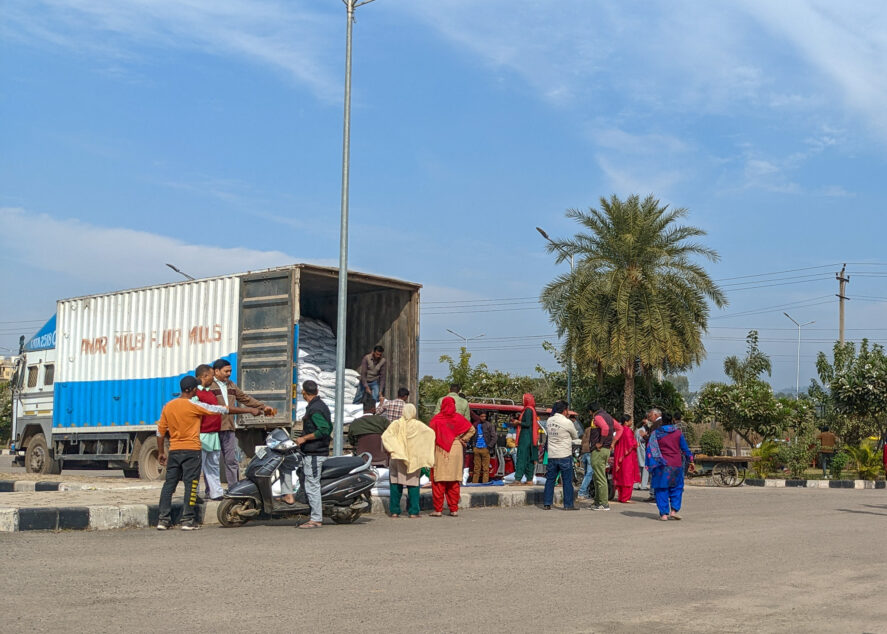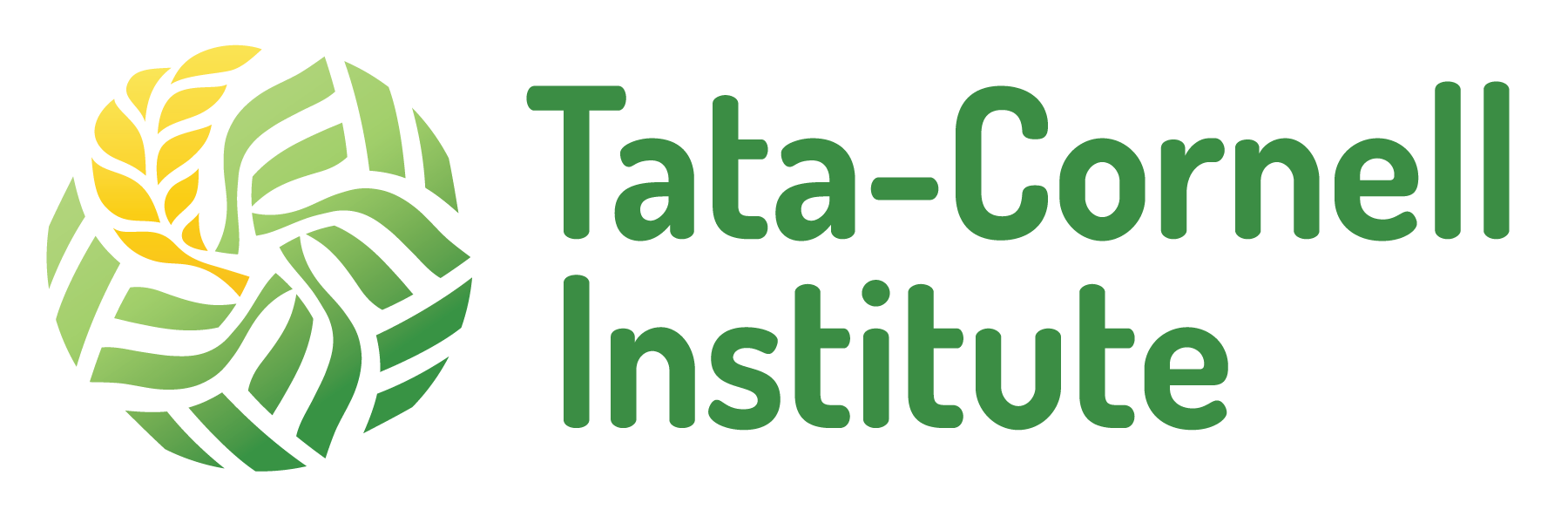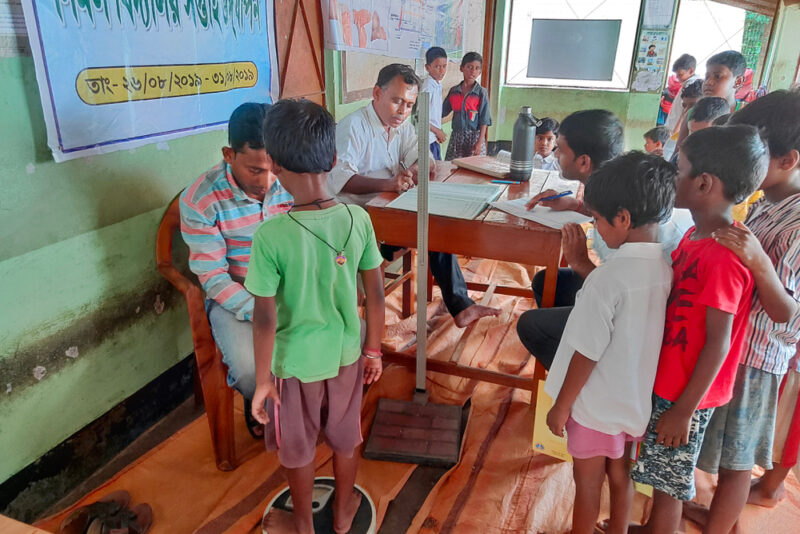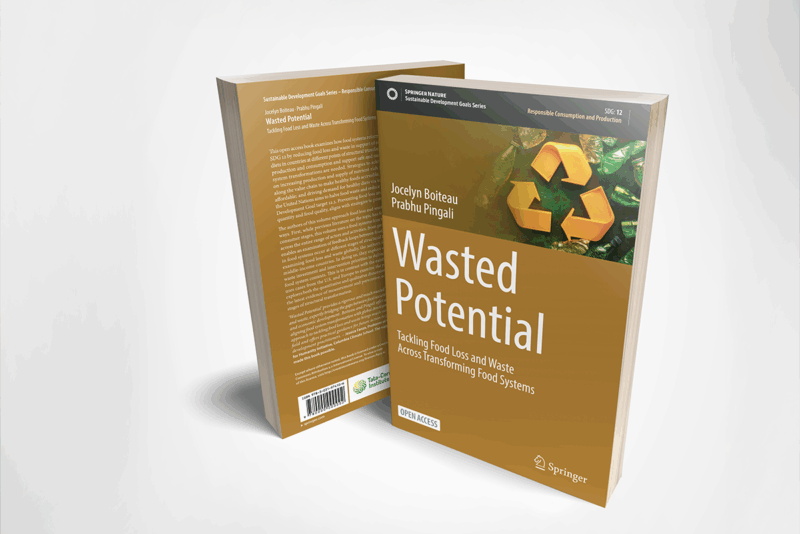PDS Leakage Is Down, but There’s a Catch

India’s massive food program, the Public Distribution System, provides subsidized grain to more than 800 million people each year, but not all of it reaches consumers. In 2011–12, about 42% of the 51.4 million metric tons of grain distributed through the PDS was lost. Some of this “leakage” occurs during transportation, storage and distribution, while some is stolen. New research from the Tata-Cornell Institute for Agriculture and Nutrition (TCI) found that PDS leakage reached a record low in 2023–24, but also exposed discrepancies, indicating that the available data may not be completely reliable.
In an article published in Ideas for India, TCI researchers estimated the amount of PDS leakage using new data from the Household Consumption and Expenditure Survey (HCES), a comprehensive survey of household consumption and expenditure patterns conducted by India’s National Sample Survey Office. They found that leakage declined from 41.7% in 2011–12 to 24.1% in 2022–23. In 2023–24, it fell further to 8.8%.
The researchers credited the decline to reforms implemented under the National Food Security Act (NFSA) of 2013, which improved the identification of beneficiaries and emphasized the end-to-end computerization of the PDS supply chain.
“These findings help us quantify the impact of PDS reforms under the NFSA,” said Raghav Puri, a research associate at TCI. “It is clear that they have been remarkably successful at minimizing leakage.”
Puri and his co-author, TCI Director Prabhu Pingali, attributed the steep drop between 2022–23 and 2023–24 to the ending of COVID-era provisions that increased the amount of grain provided through the PDS. As part of a government relief package, beneficiaries received an additional 5 kilograms of rice or wheat and 1 kilogram of pulses at no extra cost.
While Puri and Pingali found that leakage has declined, they also found reason to doubt the accuracy of the data they used to arrive at their estimates.
“In contrast with the regular monthly distribution of grains through the PDS, the extra grain distributed during the pandemic was sent out on an ad hoc basis as the program was extended,” Puri said. “Uncertainty and irregular distribution could have led to heightened leakage.”
While Puri and Pingali found that leakage has declined, they also found reason to doubt the accuracy of the data they used to arrive at their estimates. When calculating state-level leakage, they found that five states—Assam, Bihar, Jharkhand, Rajasthan and Uttar Pradesh—had negative leakage, meaning that more PDS grain was consumed than was distributed to beneficiaries, an impossibility.
For leakage estimates to be negative, either the amount of grain distributed must be underestimated or consumption must be overestimated. The researchers believe that the overestimation of consumption is the most likely culprit. They estimated consumption by multiplying per capita consumption, as measured by the HCES, by projected population. Because the 2021 census was delayed, Puri and Pingali relied on population projections by the Registrar General of India, which used migration data from 2011. This could have thrown off state-level population estimates, especially given the increase in migration from low-income states to high-income states over the past decade.
The researchers also said that the new sampling methodology adopted by the HCES could have resulted in an overestimation of per capita consumption. The survey sample prioritized villages closer to district headquarters, which would likely have had better-functioning PDS distribution systems and thus higher consumption.
Given these concerns with the data, the researchers said that actual PDS leakage is likely between 10–20%. While greater than their 8.8% estimate for 2023–24, that would still mark a substantial decline from earlier years.
“Since the NFSA was passed, there has been significant progress in reducing leakage, but there is still a clear need for improved data collection, including population census data,” Pingali said. “With more accurate, reliable data, we can build upon the improvements made to the PDS to make the program even more efficient and effective.”
Featured image: PDS grain is distributed from a truck in Chandigarh during the COVID-19 pandemic. (Photo by Raghav Puri/TCI)





